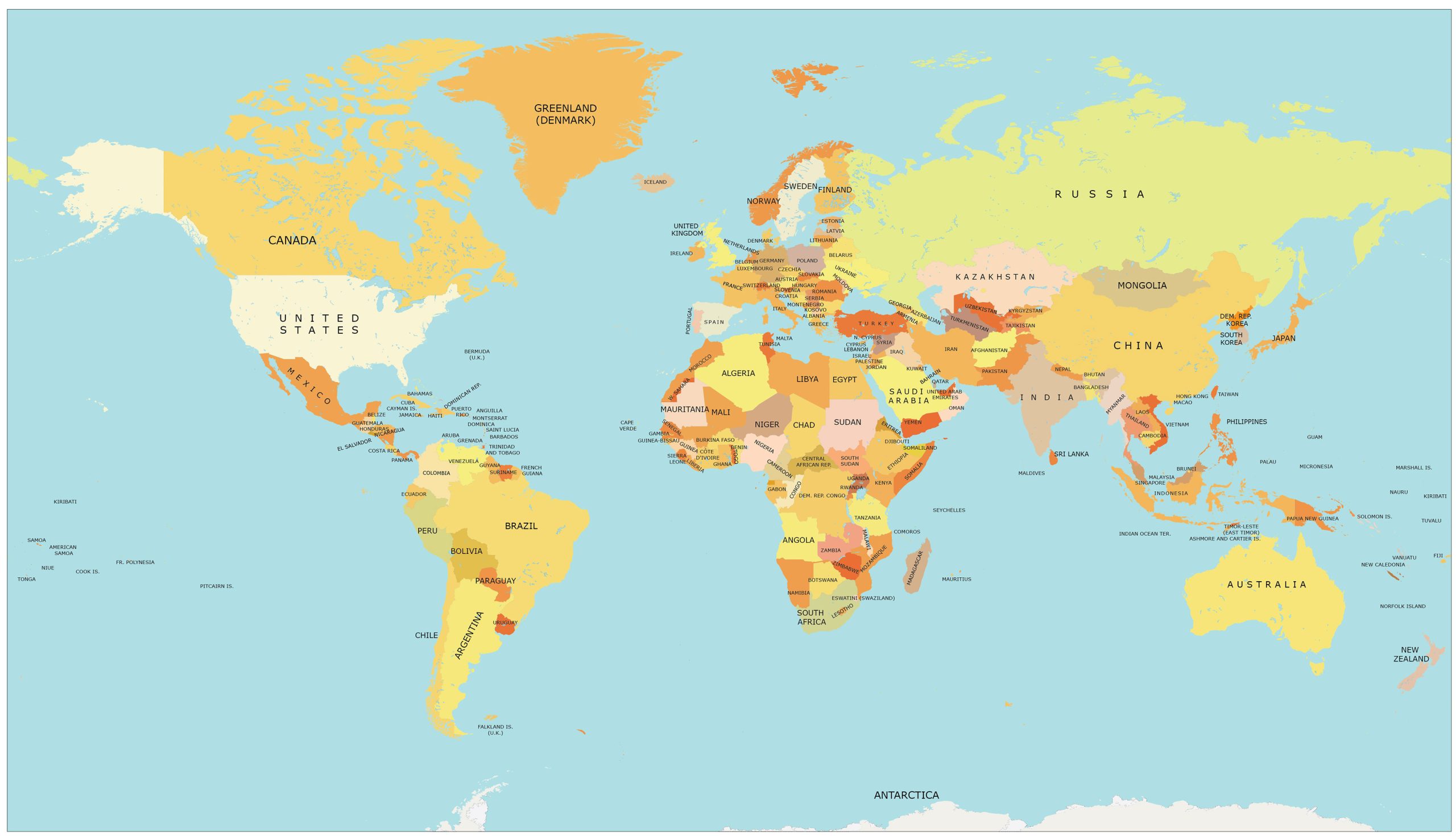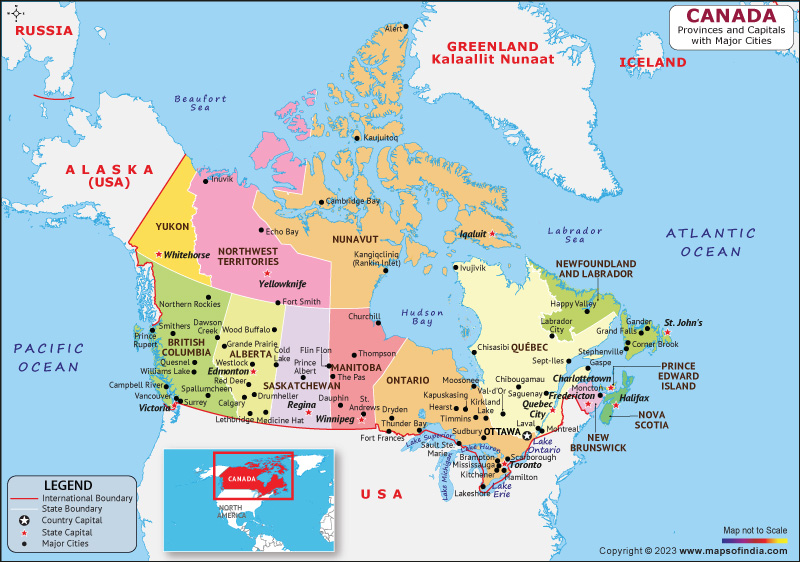
>
Mapping a Continent of Nations: Exploring Pre-Columbian Native American Societies
To truly grasp the rich history of the Americas, one must look beyond the arrival of Europeans and delve into the vibrant, complex tapestry of societies that thrived for millennia before 1492. A map of pre-Columbian Native American societies is not merely a collection of names and territories; it is a profound historical document, a window into a continent teeming with diverse cultures, intricate political systems, advanced technologies, and deeply rooted identities. This map challenges the long-held myth of an "empty wilderness" and reveals a dynamic world of interconnected nations, each with its unique story and enduring legacy.
Beyond the Monolith: A Continent of Diversity

The most crucial insight offered by such a map is the sheer scale of diversity that existed across North, Central, and South America. The term "Native American" or "Indigenous People" is an umbrella for hundreds, if not thousands, of distinct nations, each speaking its own language (often unrelated to its neighbors), practicing unique spiritual beliefs, developing specialized economies, and forming distinct social structures. A map illustrates this not just through tribal names but by delineating vast cultural regions, shaped by geography, climate, and shared adaptations, yet within which incredible local variation flourished.
Cultural Regions: Ecosystems of Identity
Let’s navigate this ancient world by exploring some of its most prominent cultural regions as they would appear on a comprehensive pre-Columbian map:
-
The Arctic and Subarctic: Stretching across the northernmost reaches of the continent, this region was home to peoples like the Inuit, Yup’ik, and Dene (Athabaskan speakers). Their identities were forged in extreme cold, necessitating ingenious adaptations for survival. The map shows territories defined by hunting grounds for marine mammals (seals, whales), caribou, and fish. Their technologies included specialized kayaks (umiaks and qajaqs), igloos, and elaborate fur clothing. Their spiritual beliefs often centered on respect for the hunted animals and the powerful forces of nature, reflected in rich oral traditions and art forms. Life was nomadic, driven by the seasonal movements of game, fostering close-knit family bands and sophisticated knowledge of their harsh environment.
-
The Northwest Coast: This narrow strip along the Pacific, from Alaska to northern California, was an anomaly of abundance. Tribes such as the Tlingit, Haida, Kwakwaka’wakw (Kwakiutl), and Nuu-chah-nulth (Nootka) thrived on rich marine resources – salmon, halibut, shellfish, and whales. The map would show densely populated villages clustered along rivers and coasts. Their identity was tied to cedar, a tree used for everything: massive longhouses, intricate totem poles (telling family histories and spiritual beliefs), sophisticated canoes, and finely woven baskets. This wealth supported complex social hierarchies, elaborate ceremonial potlatches (feasts of giving), and distinctive artistic traditions, making them one of the most materially rich pre-Columbian societies.
-
The Plateau: East of the Cascades, between the Rockies and the Coast Range, lived groups like the Nez Perce, Flathead, Yakima, and Kootenai. Their map territories show a life dictated by seasonal rounds: salmon fishing in rivers, root gathering (camas, bitterroot) in meadows, and hunting deer and elk in the forests. While often seen as transitional, their identity was strongly linked to their rivers and the cyclical harvest of resources. The introduction of the horse, though largely post-Columbian, dramatically transformed their mobility and hunting prowess, creating a blend of riverine and plains cultures.
-
California: A region of incredible linguistic and cultural diversity, the map of pre-Columbian California would be a mosaic of hundreds of smaller, distinct groups like the Pomo, Chumash, Hupa, and Miwok. Unlike many other regions, large-scale agriculture was less prevalent, with a focus on acorn harvesting, supplemented by hunting and gathering. Their identities were deeply localized, tied to specific valleys, rivers, and coastal areas. This wealth of local resources led to sophisticated basketry, intricate trade networks, and diverse spiritual practices, showcasing an amazing array of adaptations within a relatively small geographic area.
-
The Great Basin: Spanning the arid lands between the Sierra Nevada and the Rocky Mountains, the Great Basin was home to the Shoshone, Paiute, and Ute. This harsh, unforgiving environment demanded extreme adaptability. Their map territories would show vast, sparsely populated areas. Identity here was defined by resilience, deep knowledge of desert flora and fauna, and a nomadic foraging lifestyle focused on small game, seeds, and roots. Family bands were small and mobile, a stark contrast to the larger, settled societies elsewhere, yet they developed profound spiritual connections to their challenging landscape.
-
The Southwest: This iconic region housed both ancient settled agriculturalists and later nomadic groups. The Pueblo peoples (Hopi, Zuni, Acoma, Taos) are direct descendants of the Ancestral Puebloans, known for their monumental cliff dwellings and multi-story adobe pueblos, indicating sophisticated architectural and irrigation skills. Their identity was rooted in corn agriculture, intricate kiva ceremonies, and vibrant artistic traditions (pottery, weaving). Later arrivals like the Diné (Navajo) and Apache adapted to the environment through a combination of hunting, gathering, and, in some cases, raiding and pastoralism, developing distinct hogan dwellings and rich oral histories. The map here shows a blend of ancient fixed settlements and expansive nomadic ranges.
-
The Great Plains: Before the horse, the Plains were home to diverse groups like the Pawnee, Mandan, and Arikara, who lived in settled earthlodge villages along rivers, cultivating corn, beans, and squash, and occasionally organizing communal bison hunts on foot. Their map would show semi-permanent settlements. Post-Columbian introduction of the horse (though still pre-contact for many tribes with Europeans) transformed the region, leading to the rise of iconic equestrian cultures like the Lakota, Cheyenne, Comanche, and Blackfoot. Their identities became inextricably linked to the bison, the tipi, the warrior ethic, and a nomadic lifestyle, making them one of the most recognizable pre-Columbian (in terms of ancestral lands) and early contact (in terms of cultural zenith) societies.
-
The Southeast: A region of rich agricultural lands and complex chiefdoms, the Southeast was home to the Cherokee, Choctaw, Chickasaw, Creek, and Seminole. The map would highlight impressive mound complexes, legacies of the Mississippian culture (e.g., Cahokia, Etowah), indicating highly organized societies with extensive trade networks and ceremonial centers. Their identity was shaped by settled agriculture (the "Three Sisters" – corn, beans, squash), elaborate social structures, distinctive pottery, and a deep spiritual connection to their fertile lands and rivers.
-
The Northeast and Eastern Woodlands: From the Great Lakes to the Atlantic coast, this region was dominated by two major linguistic families: Algonquian (e.g., Wampanoag, Lenape, Ojibwe) and Iroquoian (e.g., the Haudenosaunee or Iroquois Confederacy – Mohawk, Oneida, Onondaga, Cayuga, Seneca). The map shows a mosaic of territories, with villages shifting seasonally for hunting, fishing, and agriculture. Their identities were tied to the forest, the longhouse (for Iroquois), the wigwam (for Algonquian), extensive agriculture, and sophisticated political alliances. The Haudenosaunee, in particular, developed a powerful confederacy that predates European models of democracy, showcasing advanced political thought and diplomacy.
Beyond Borders: Interconnected Worlds
While the map delineates distinct territories, it also implicitly reveals a continent profoundly interconnected. Extensive trade networks crisscrossed the land: obsidian from the West, copper from the Great Lakes, shells from the coasts, and agricultural products like corn and tobacco flowed across vast distances. Cahokia, near modern-day St. Louis, was a pre-Columbian metropolis, a major hub of trade and cultural exchange, its influence stretching for hundreds of miles.
Ideas, technologies (like the spread of agriculture from Mesoamerica), and spiritual practices also traveled. This intermingling meant that while distinct identities flourished, there was also a shared understanding of the natural world, a reverence for the land, and a cyclical view of time that transcended many tribal boundaries. The ingenuity of adaptation to diverse environments, from irrigation in the desert to sustainable forest management in the woodlands, speaks to a deep, practical scientific knowledge passed down through generations.
The Map as a Tool for Identity and Modern Understanding
For travelers and history enthusiasts, exploring such a map is an essential first step in understanding the Americas. It immediately dispels the notion of a "new world" discovered by Europeans and instead presents a world already ancient, rich, and full of nations. It helps to:
- Reclaim Narratives: By showing distinct tribal lands and cultural regions, it challenges the "empty wilderness" myth that justified colonial expansion. It affirms that these lands were, and often still are, home to specific peoples with ancestral claims.
- Highlight Continuity: The map reminds us that these societies didn’t vanish. While profoundly impacted by colonialism, many of these nations and their descendants endure today, maintaining their languages, cultures, and identities, often on or near their ancestral lands. Modern Native American communities are living proof of this continuity.
- Encourage Respectful Engagement: For a traveler, understanding this map means appreciating the local indigenous history of any given region. It encourages visiting cultural centers, supporting indigenous businesses, and engaging with the land and its history with greater awareness and respect.
- Challenge Stereotypes: Moving beyond generic "Indian" stereotypes, the map forces an appreciation for the specific, nuanced differences between, say, a Haida fisherman, a Lakota bison hunter, and a Pueblo farmer. It reveals complex civilizations, not monolithic primitives.
In conclusion, a map of pre-Columbian Native American societies is far more than a static historical diagram. It is a dynamic story of human ingenuity, cultural resilience, and profound connection to the land. It is an invitation to explore a continent that was not discovered, but profoundly altered, and to acknowledge the enduring presence and vibrant identity of the Indigenous nations who have always called these lands home. To understand this map is to begin to understand the true, complex, and still unfolding history of the Americas.


